Magnetic Anomaly Discovered Under Historic New Zealand Lake
On the North Island of New Zealand sits a beautiful body of water called Lake Rotorua. The lake was formed 200,000 years ago after a massive volcanic eruption, and today is a popular tourist attraction for its tranquil beauty.
But in a recent study conducted by GNS Science, they’ve found out that beneath the calm surface is a large magnetic anomaly, making Lake Rotorua truly one of a kind.
The Formation of Lake Rotorua
Lake Rotorua is the second largest lake on the country’s North Island, covering 30.8 square miles. Geologists believe that the lake was formed some 200,000 years ago after a ginormous eruption within the nearby Taupō Volcanic Zone.
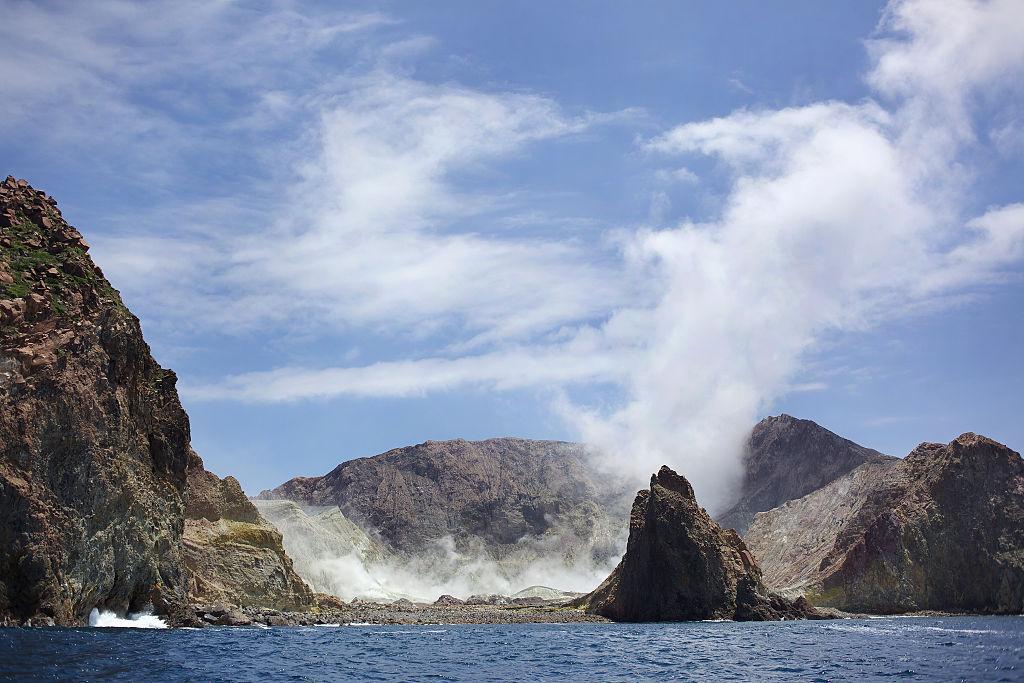
Source: Tim Clayton/Corbis/Getty Images
Because the eruption created a circular depression in the earth’s surface that filled with water, Lake Rotorua is actually a caldera, and the floor of the lake is made up of volcanic rock.
Expectations of Volcanic Rock
Volcanic rocks have a very specific chemical makeup, including mineral magnetite, and typically, they provide positive magnetic deviations from other kinds of rocks.
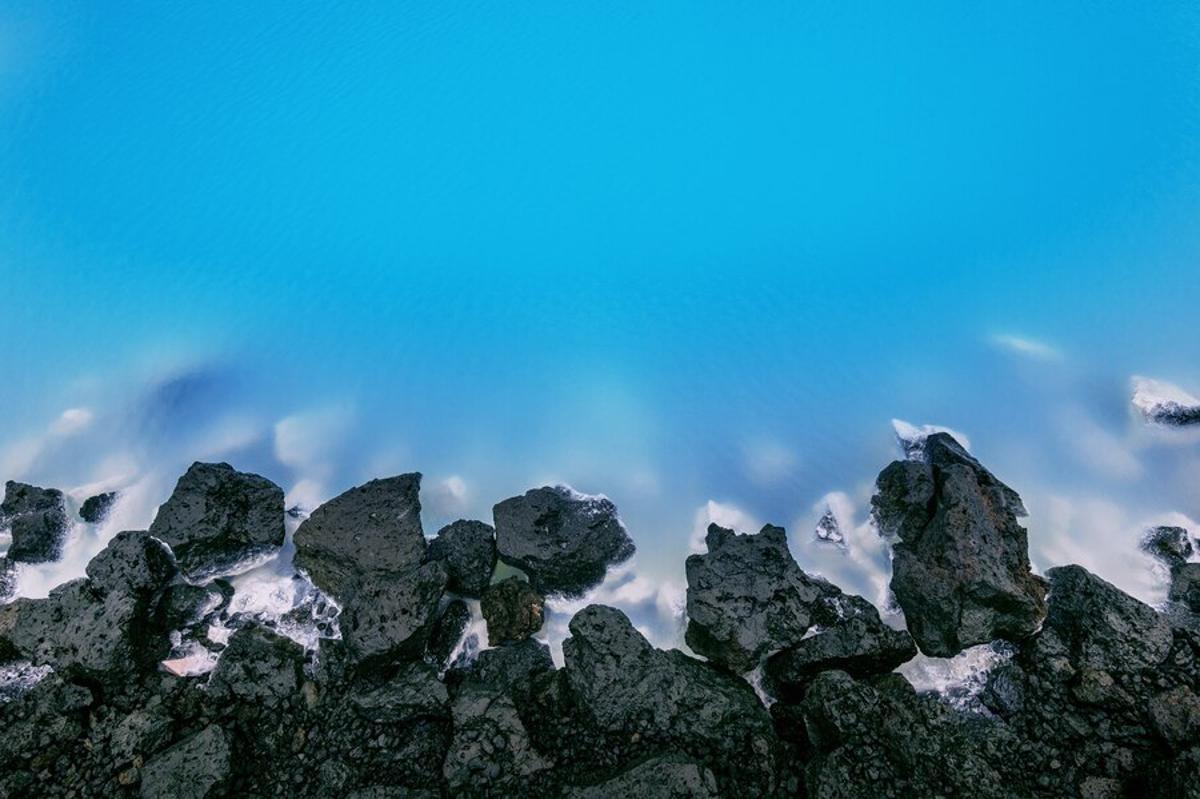
Source: Freepik
However, when the rocks beneath Lake Rotorua were examined, experts found that they were lacking that expected positive magnetic charge and, instead, showed negative anomalies.
The Royal New Zealand Navy Collected Data for GNS Science
Over the past few years, the Royal New Zealand Navy worked to map the lake’s floor with a multibeam echo sounder. The idea was to create a detailed map of the foundation of the caldera.

Source: Petty Officer Chris Weissenborn/New Zealand Defense Force/Getty Images
While they were mapping, they also performed magnetic surveys, and that’s where things got incredibly interesting.
Magnetic Anomalies Under Lake Rotorua
According to the GNS Science report, during their exploration of the lake, they noted that they found much lower magnetic intensity than they were expecting and, in some cases, none at all.
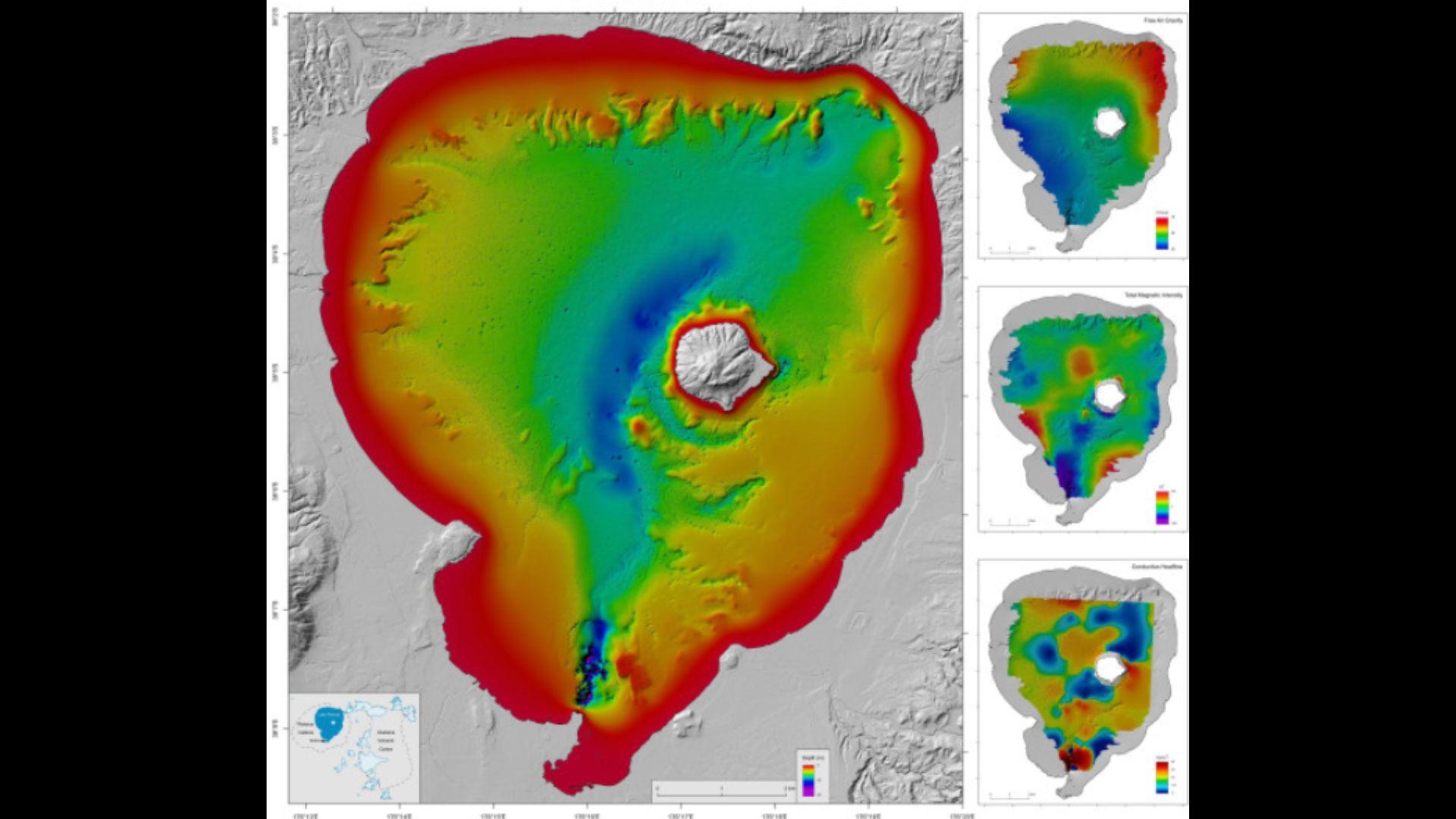
Source: GNS Science
The lack of positive magnetic activity led the researchers to believe that the mineral magnetite once found in the volcanic rock on the floor of the caldera had been transformed into mineral pyrite, which has almost no magnetic signal.
How Did the Volcanic Rock Change Its Chemical Makeup?
The scientists understood that the mineral magnetite can and does transform into pyrite with the presence of hot water and that this likely meant an active hydrothermal system was present within Lake Rotorua.
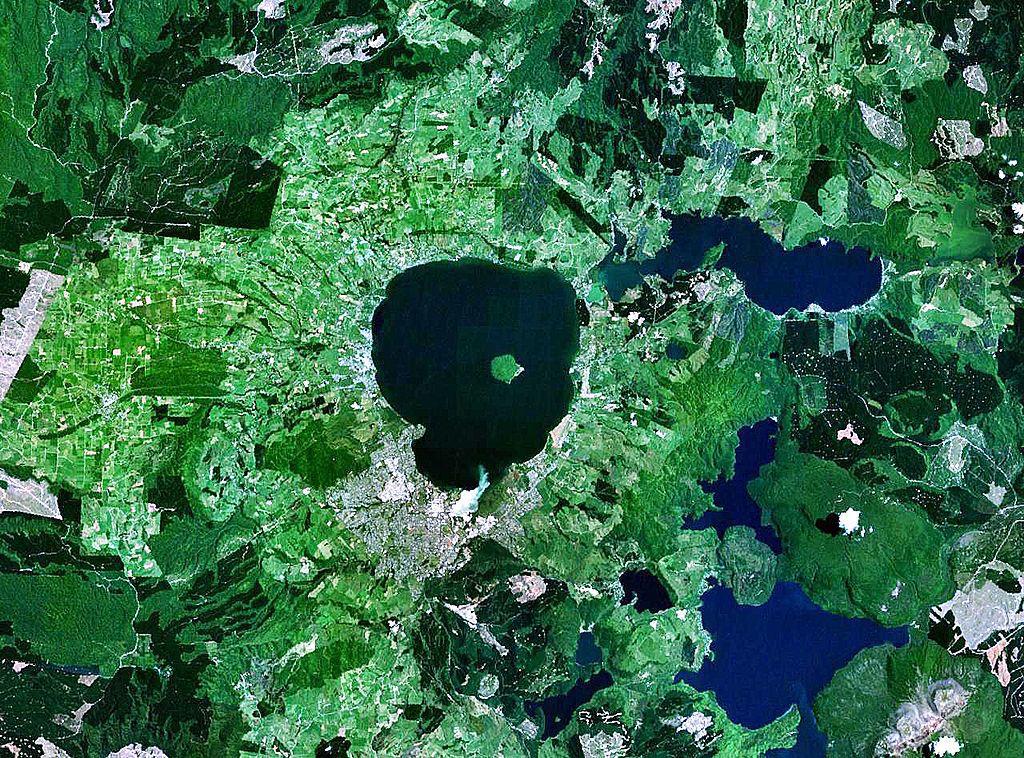
Source: Wikipedia
But it wasn’t the only indicator. In fact, within their research, they also noted pockmarks on the lake’s floor that led to a fascinating realization.
The Pockmarks on the Floor of Lake Rotorua
Thanks to a bathymetric map, GNS Science found that there are pockmarks all over the floor of Lake Rotorua, some as wide as 164 feet.
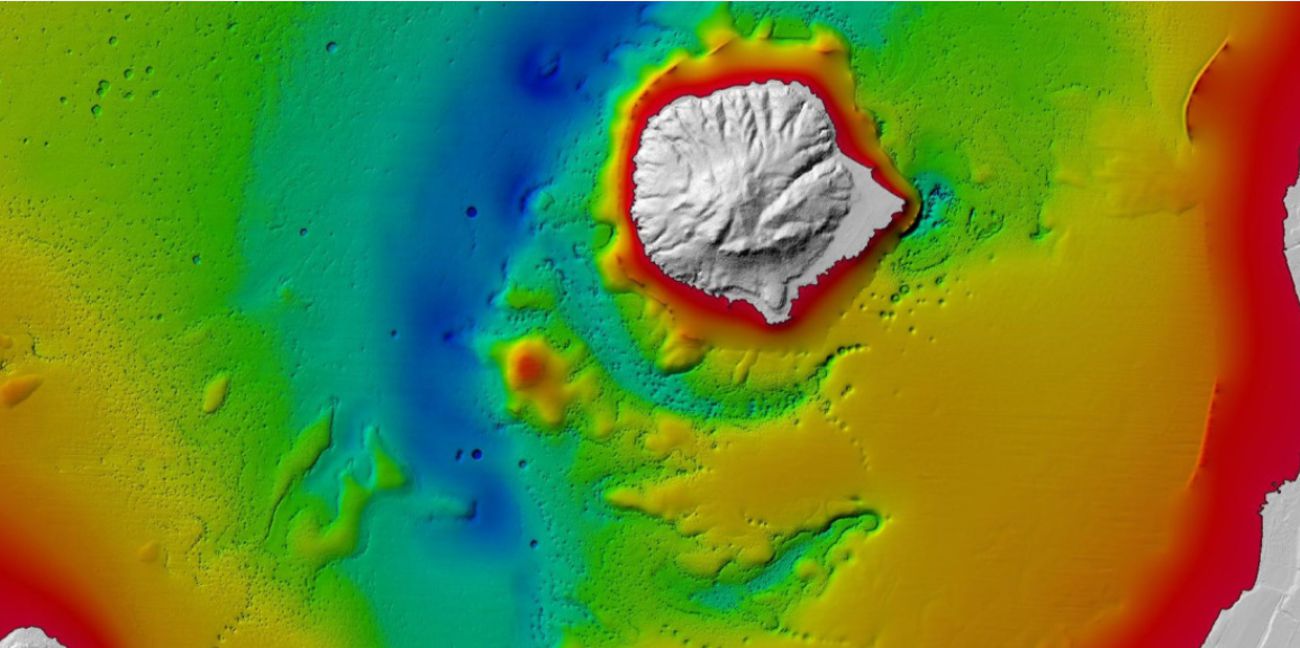
Source: GNS Science
They then deduced that these pockmarks are locations of gas discharge, as the gas bubbles from within the Earth’s core have disturbed the sediment in specific areas. And the craters they formed release hot water and gas into the rest of the lake.
An Underwater Hydrothermal System
Thanks to the wide range of data the team and the Royal New Zealand Navy collected, GNS has determined that “the map reveals an active underwater hydrothermal system characterized by numerous hydrothermal eruption craters.”
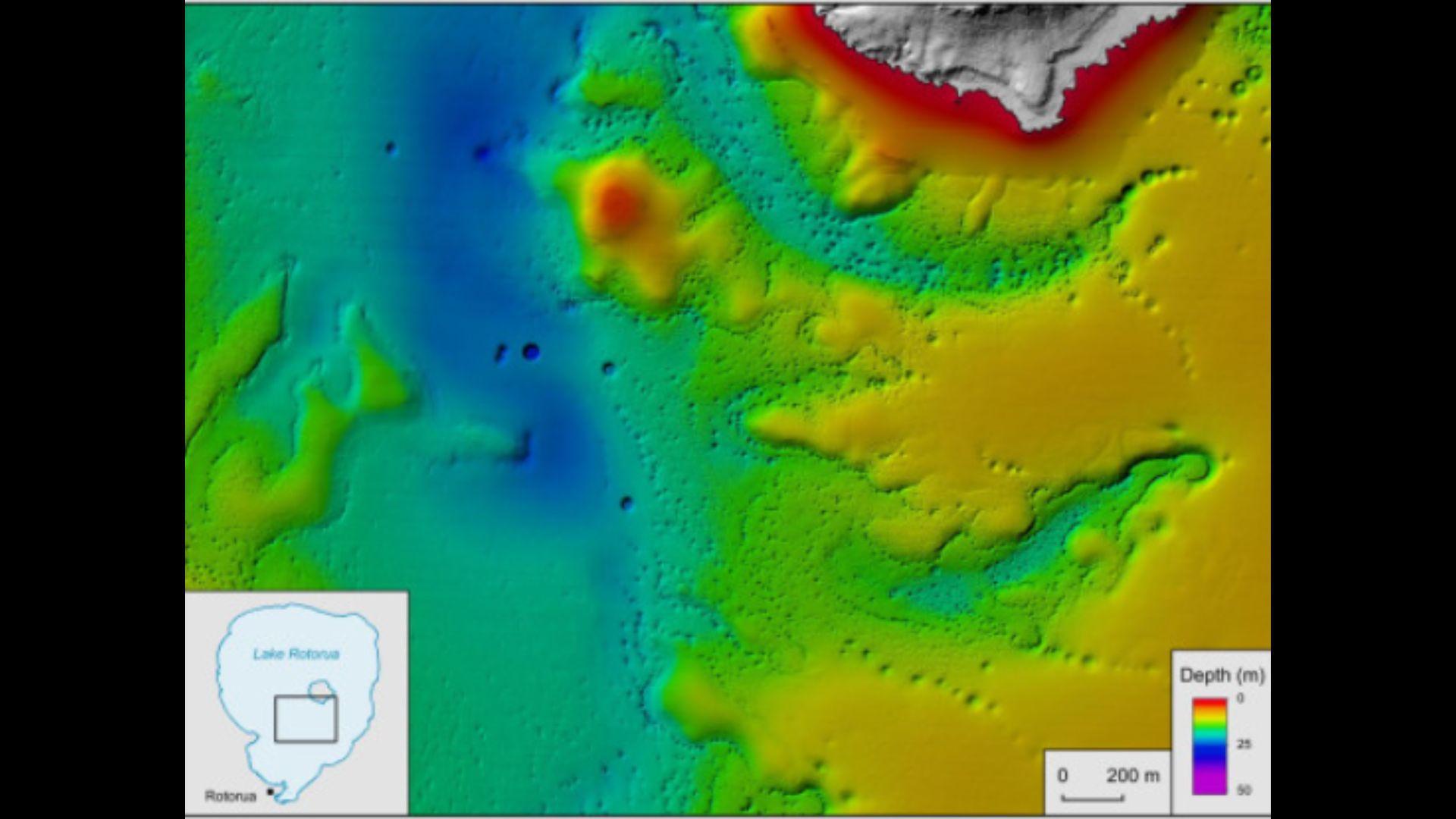
Source: GNS Science
They also noted just how important these craters are to understanding the geology of the lake and the surrounding landscape. GNS researchers wrote, “These craters, now venting hot water and gas, are clear evidence of the various inputs into the lake that affect its ecosystem.”
The Ancient River Below Lake Rotorua
But that’s not all. The team of researchers was also able to find evidence of an ancient river under the lake.
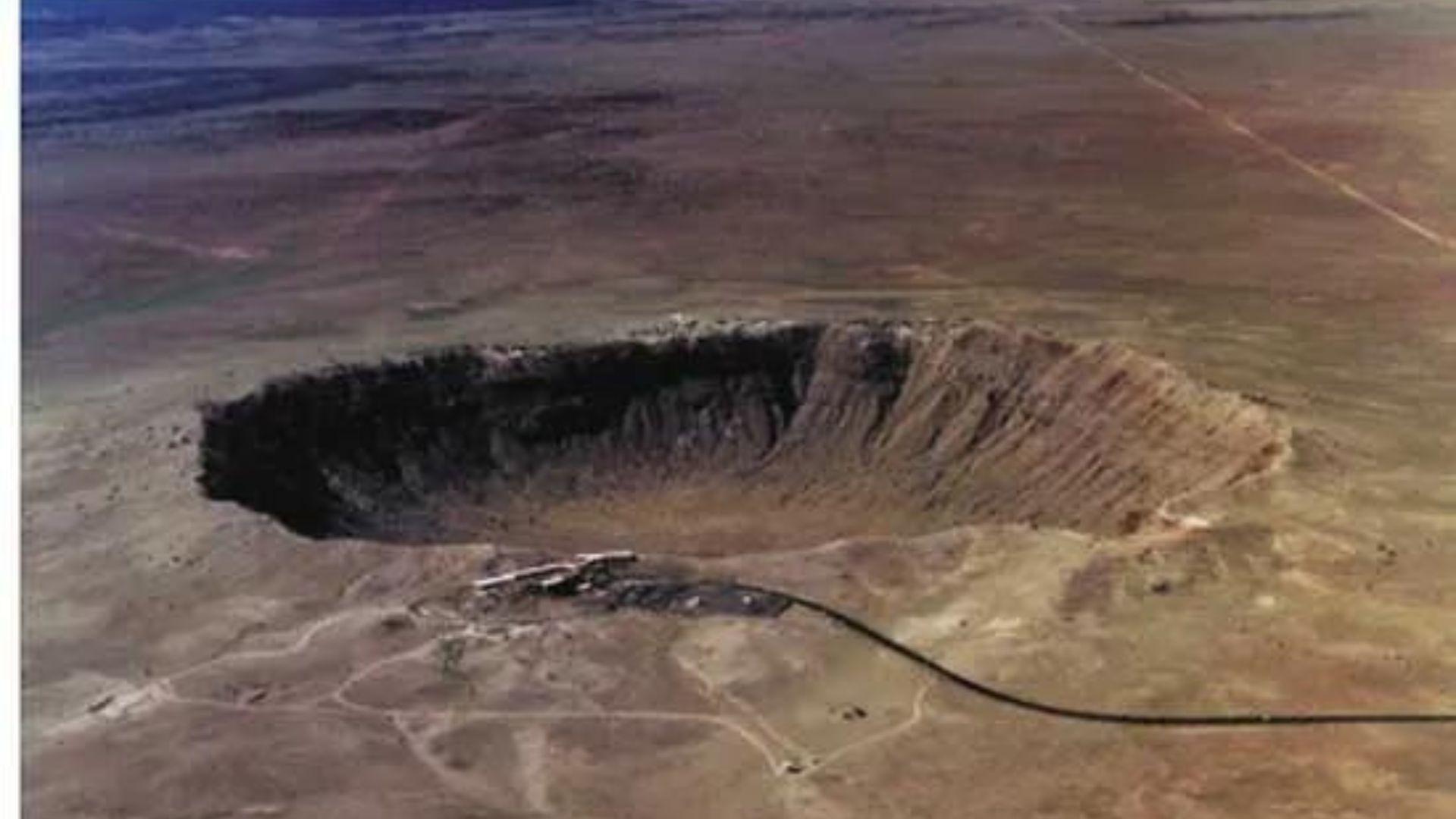
Source: Britannica
They report, “The depiction of a river provides a tangible link to the landscape that predates the formation of Lake Rotorua, which is linked to when the Rotorua Caldera last subsided ~220,000 years ago.”
The River Winds Toward Mokoia Island
In almost the middle of Lake Rotorua sits Mokoia Island, which was formed some 200,000 years ago by slowly oozing lava.
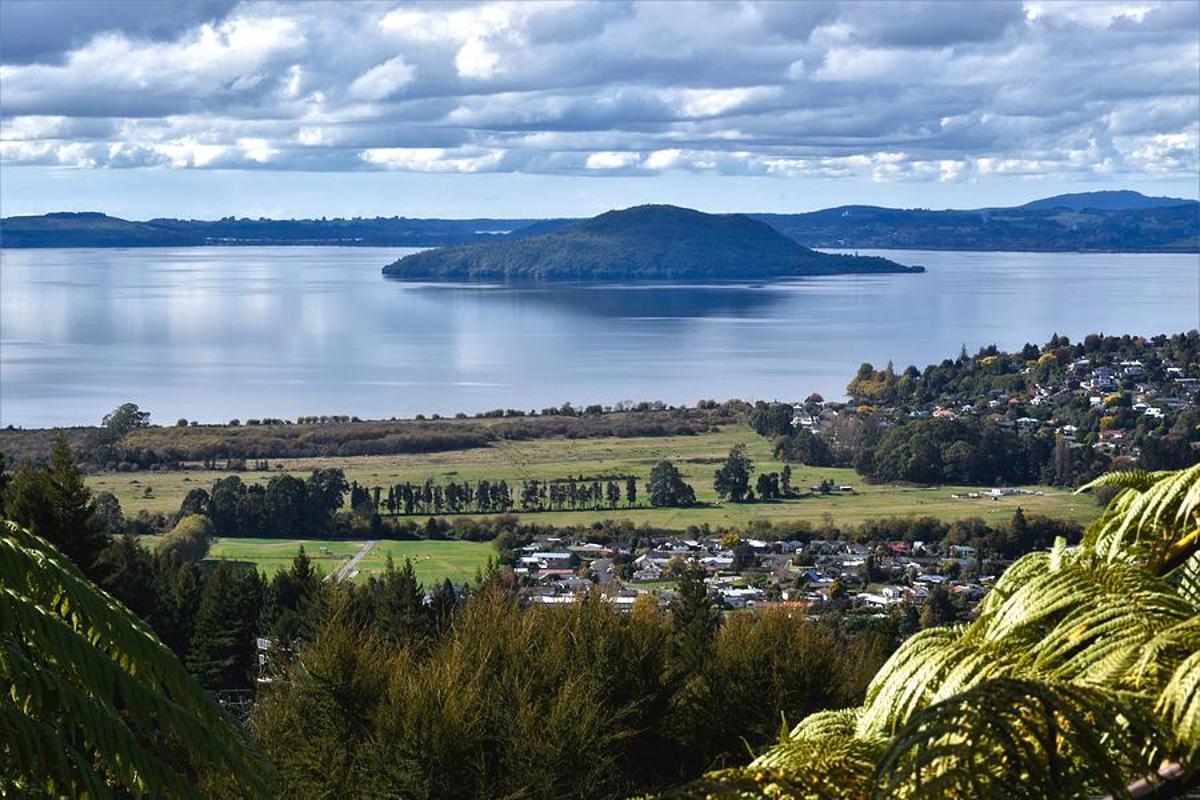
Source: Pixels
Within GNS’ report, they explained that the river they found slowly makes its way from Sulphur Point at the bottom of the lake toward the west side of the famous island before curving toward the northeast corner.
The Māori Story of Mokoia Island
While Mokoia Island is certainly captivating for geologists and researchers, it’s also known throughout the country as a part of one of the Māori’s greatest love stories.
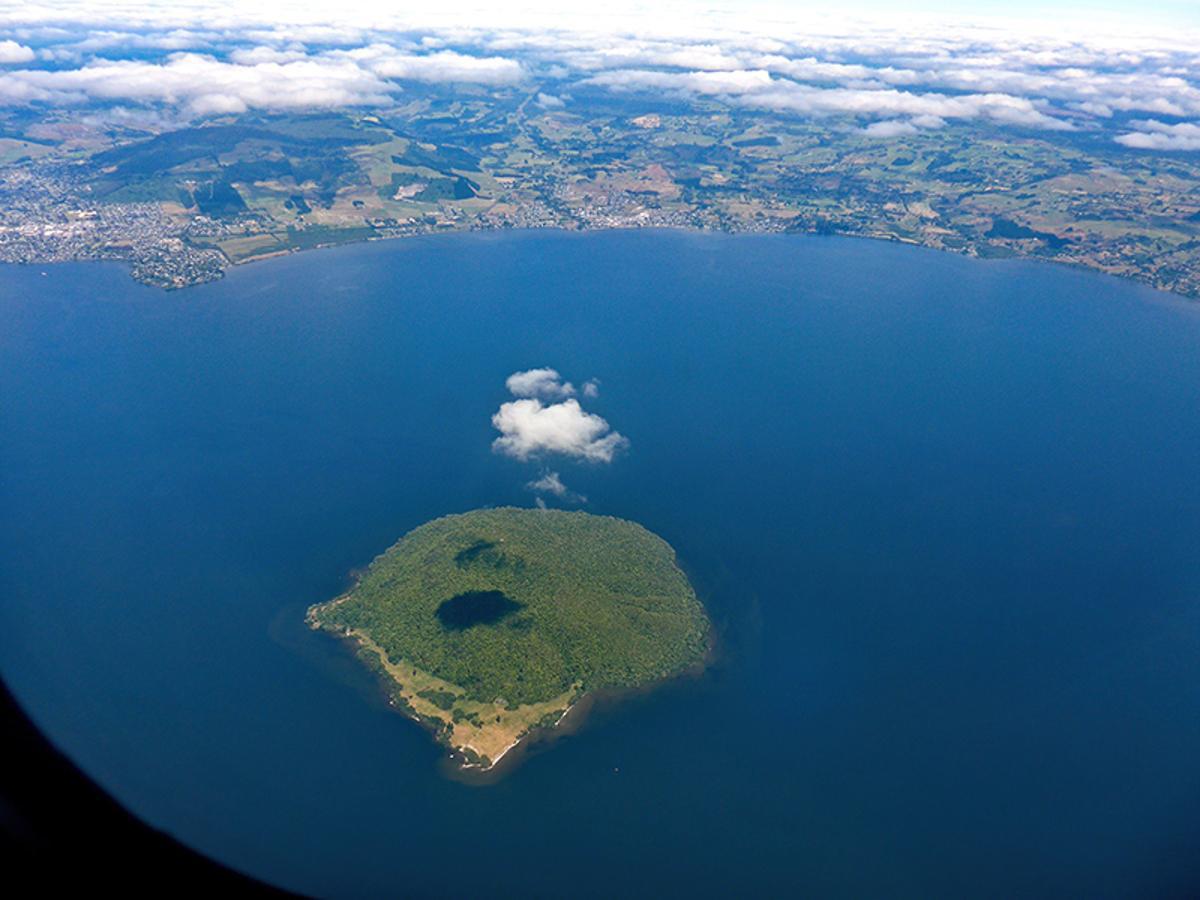
Source: Flickr
In the mythical tale, a beautiful maiden and daughter to a local chief, Hinemora, fell in love with a warrior, Tutanekai. However, Tutanekai was of a lower class and wasn’t considered worthy of the chief’s daughter. The story goes that Tutanekai sat solemnly on the island until one day, Hinemoa fashioned a floatation device from empty gourds and swam to him, and her tribe accepted him as her husband.
The Wonders of Lake Rotorua
Between the Māori legend of love, and now the new information about the hydrothermal craters, Lake Rotorua has become one of the most interesting bodies of water in New Zealand.
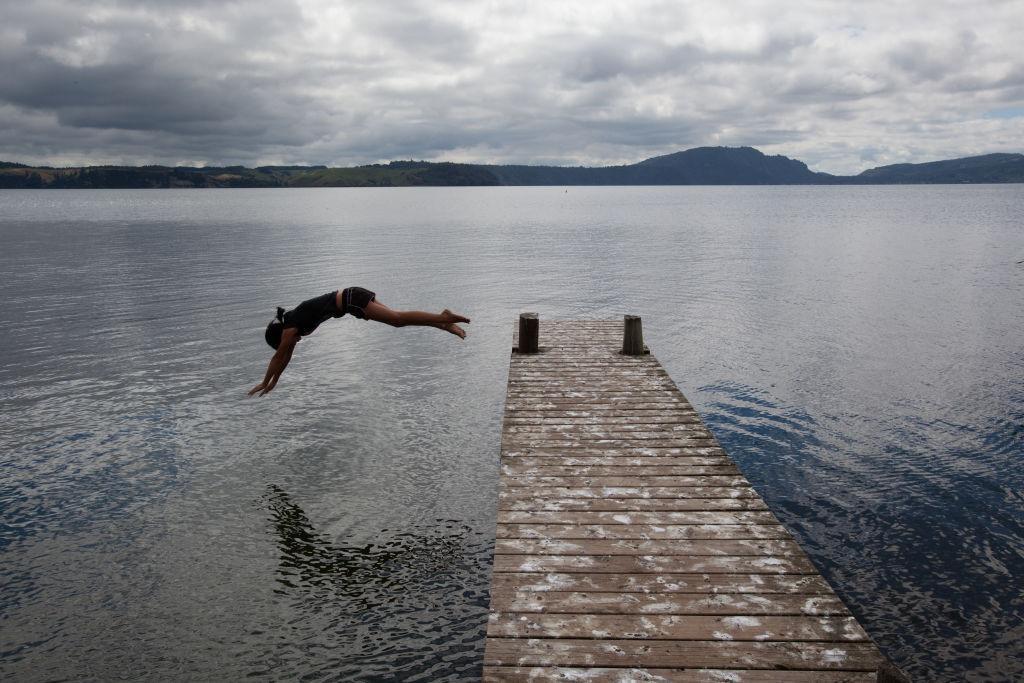
Source: Amy Toensing/Getty Images
Reports say that those who visit the lake won’t notice the change in temperature of the hydrothermal craters, but the fact that they are there will change the way scientists see and understand the entire region.
The Substitution of Magnetite with Pyrite Under Hydrothermal Conditions
The substitution of magnetite with pyrite under hydrothermal conditions stands as a geologically significant phenomenon, particularly in the genesis of various gold deposits.
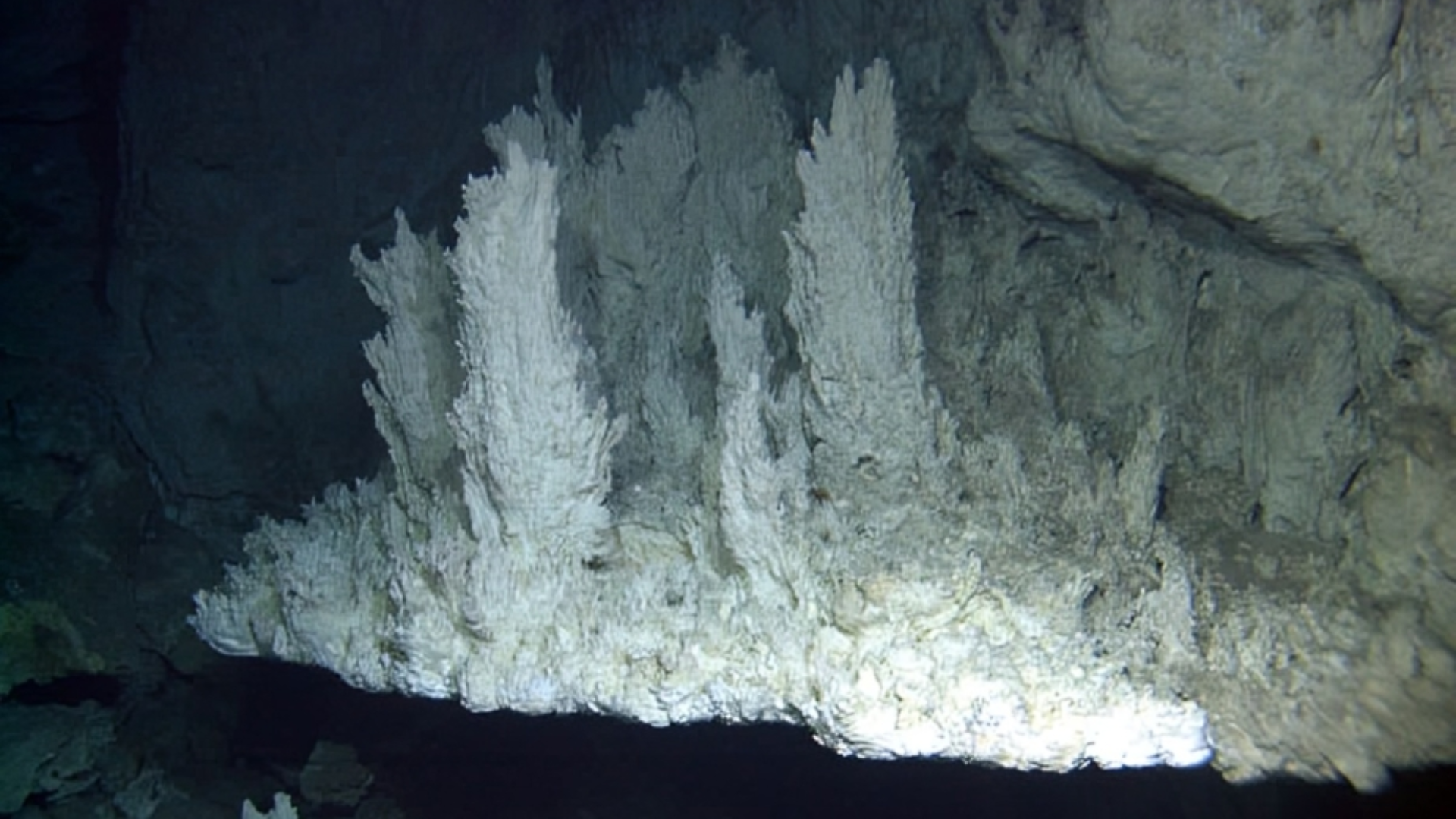
National Science Foundation/Wikimedia Commons
In the case of Lake Rotorua, this process lied beneath the magnetic anomaly discussed above. A comprehensive exploration of this process is essential for a true, nuanced understanding of what is going on under Rotorua’s surface.
The Significance of Pyrite in the Ocean
First, let’s take a brief look at why pyrite is a significant mineral for the ocean’s ecosystem. Pyrite nanoparticles play a crucial role as a sustained iron source in the ocean. Iron is a vital element for the proliferation of bacteria and microscopic plants, such as phytoplankton, inhabiting the deep sea.
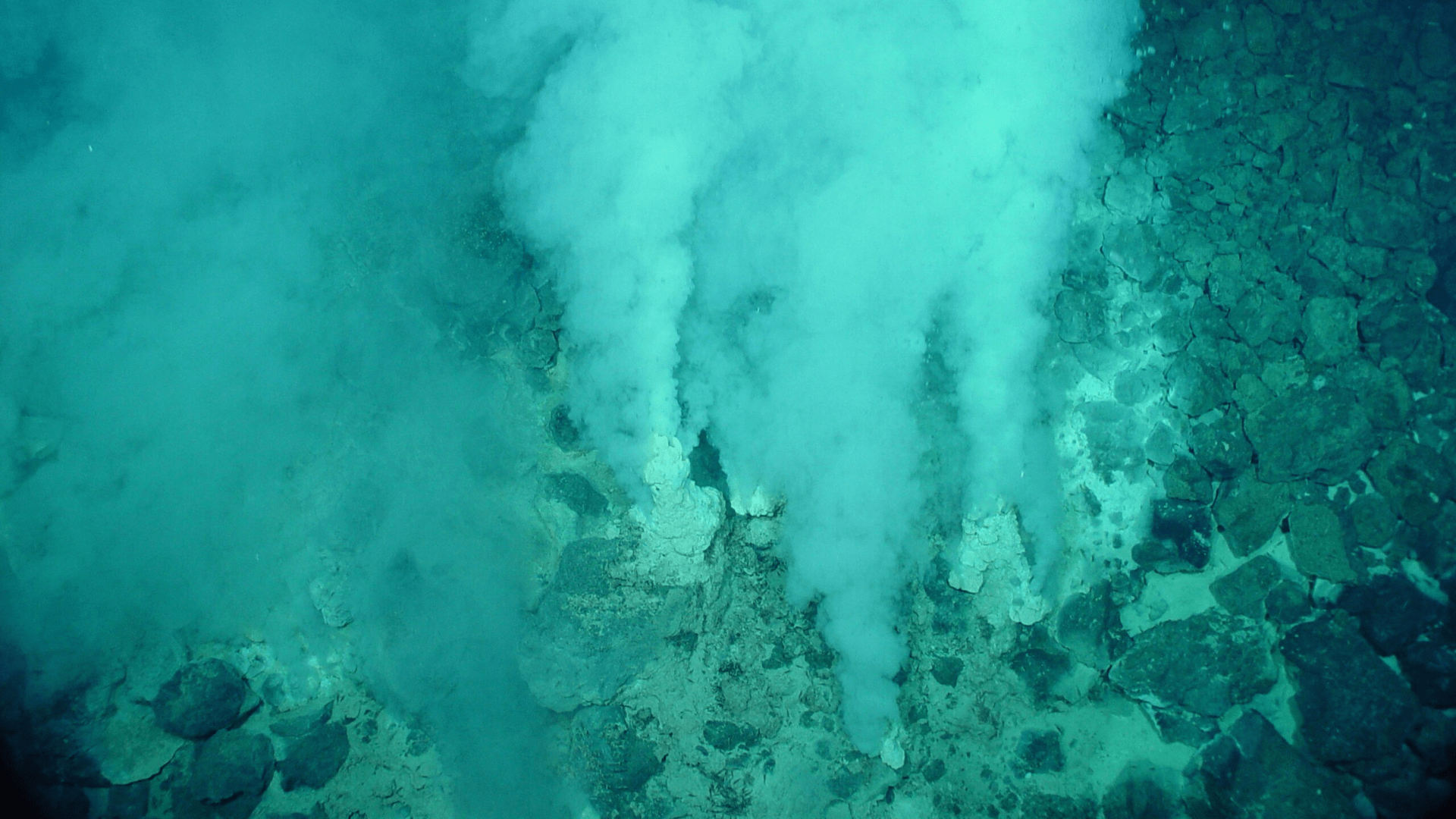
NOAA/Wikimedia Commons
As pyrite undergoes gradual oxidation from the hydrothermal vents to the ocean interior, it liberates iron, providing a continuous supply to marine organisms. This process can be likened to an ongoing iron supplement for the ocean, comparable to how humans take vitamins.
Experimental Study Seeks to Understand Conversion of Magnetite to Pyrite
Conducted under vapor-saturated pressure, an experimental study scrutinized the conversion of magnetite (Fe₃O₄) to pyrite (FeS₂) across a temperature spectrum spanning 85°C to 210°C.

Source: Uoaei1/Wikimedia Commons
The investigation aimed to unravel the intricacies and kinetics governing this replacement process.
Temperature and pH Level Play Key Roles in Transformation of Magnetite into Pyrite
The hydrothermal alteration process plays a pivotal role in gradually substituting magnetite (Fe₃O₄) with pyrite (FeS₂). The replacement dynamics are influenced by temperature, with an initial acceleration observed between 80°C and 125°C.

Randolph Black/Wikimedia Commons
However, as the temperature continues to rise, reaching up to 210°C, the replacement rate experiences a decline. Another crucial factor is the pH dependence of the process, revealing a nuanced connection between the replacement rate and pH levels. Specifically, the rate intensifies with a decrease in pH, ranging from 6 to 1.
The Presence of Oxidants and the Surface Area of Minerals Are Also Important
Furthermore, the presence of oxidants, such as O₂, H₂O₂, and KMnO₄, serves to enhance the replacement process. On the contrary, higher concentrations of Ni²⁺ and Fe³⁺ ions act as impediments, hindering the overall replacement mechanism.
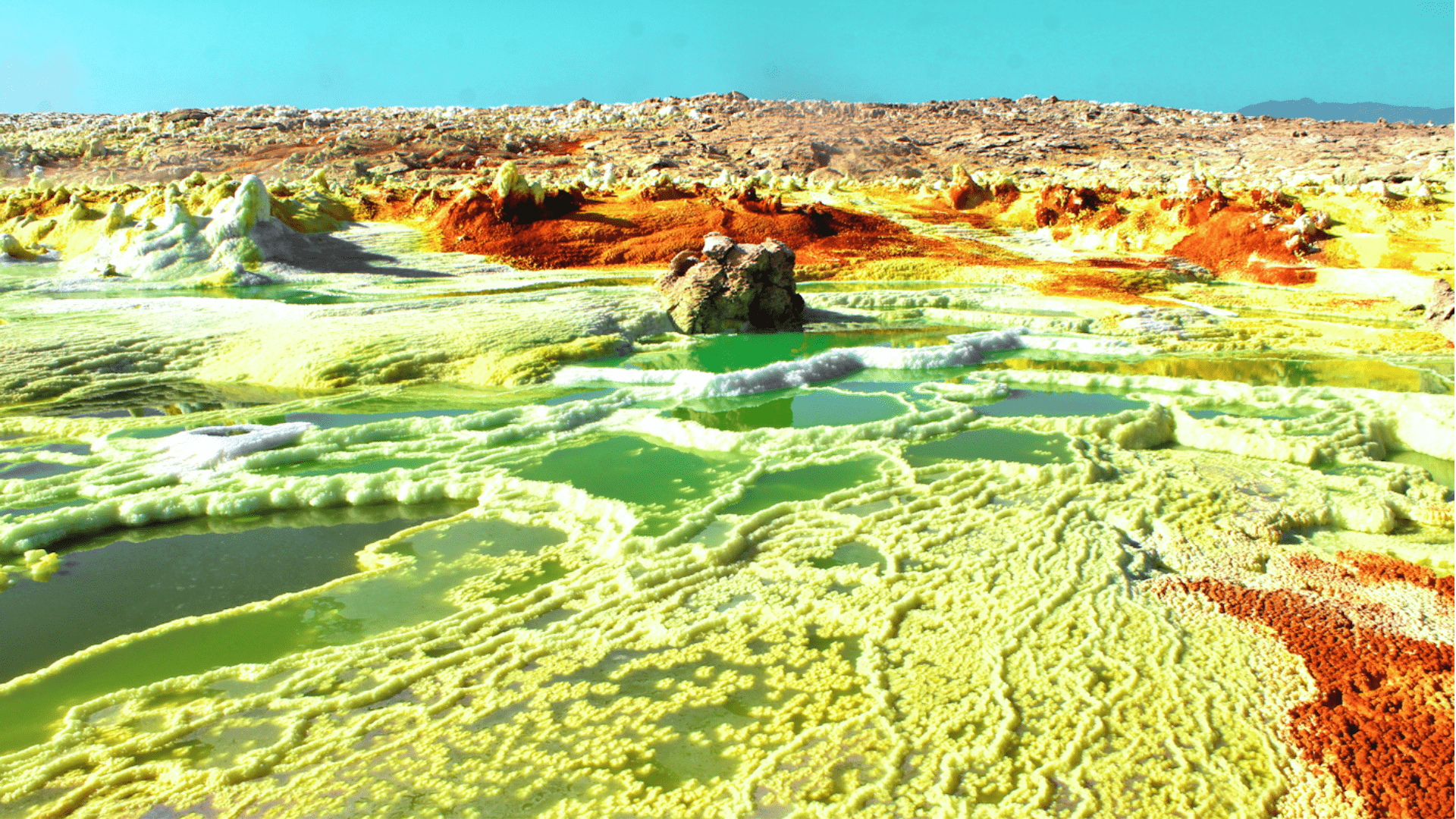
Electra Kotopoulou/Wikimedia Commons
Additionally, the specific surface area of the minerals involved holds significance in determining the rate of replacement. As the specific surface area varies, it correlates directly with the efficacy of the replacement process.
Magnetite-to-Pyrite Replacement Changes Our Understanding of Mineralization
The geological ramifications of this process unfold in the hydrothermal alteration zones affiliated with gold deposits.
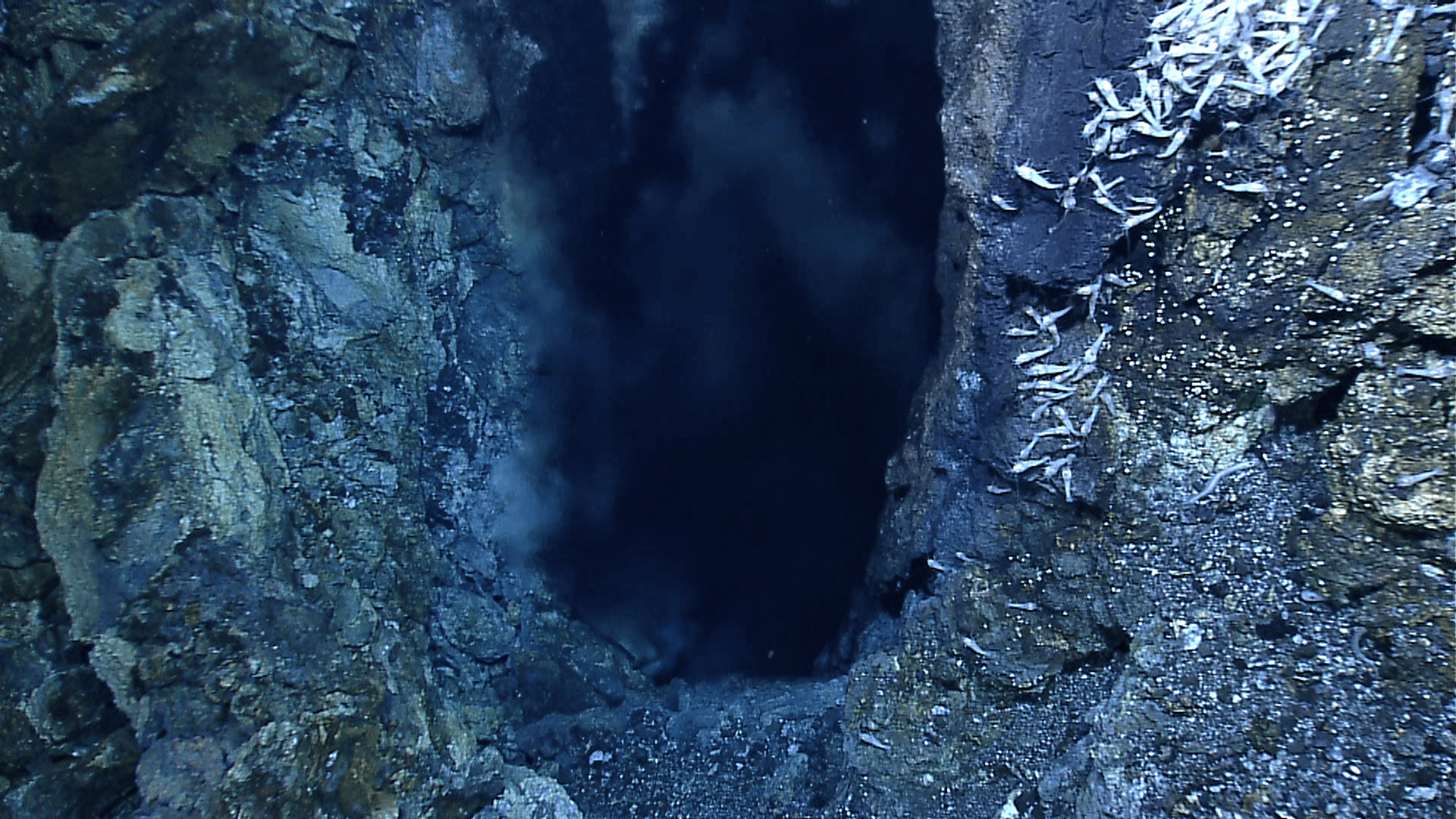
NOAA Photo Library/Wikimedia Commons
Grasping the intricacies of magnetite-to-pyrite replacement significantly augments our comprehension of ore-forming mechanisms and mineralization processes.
